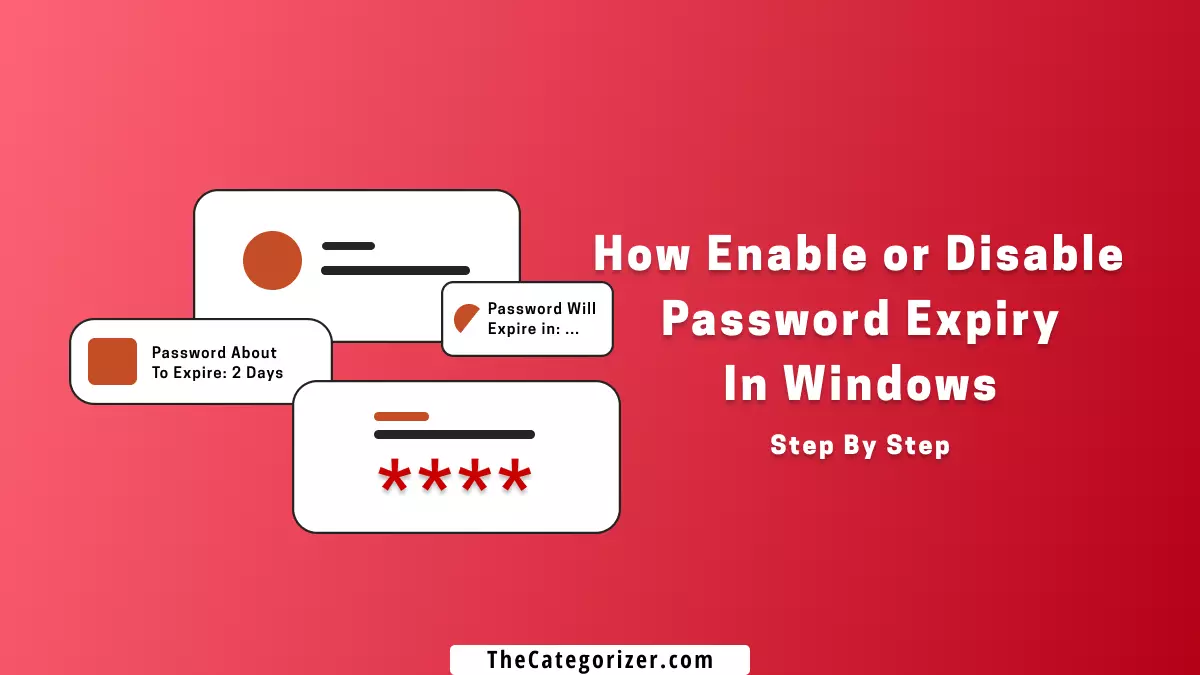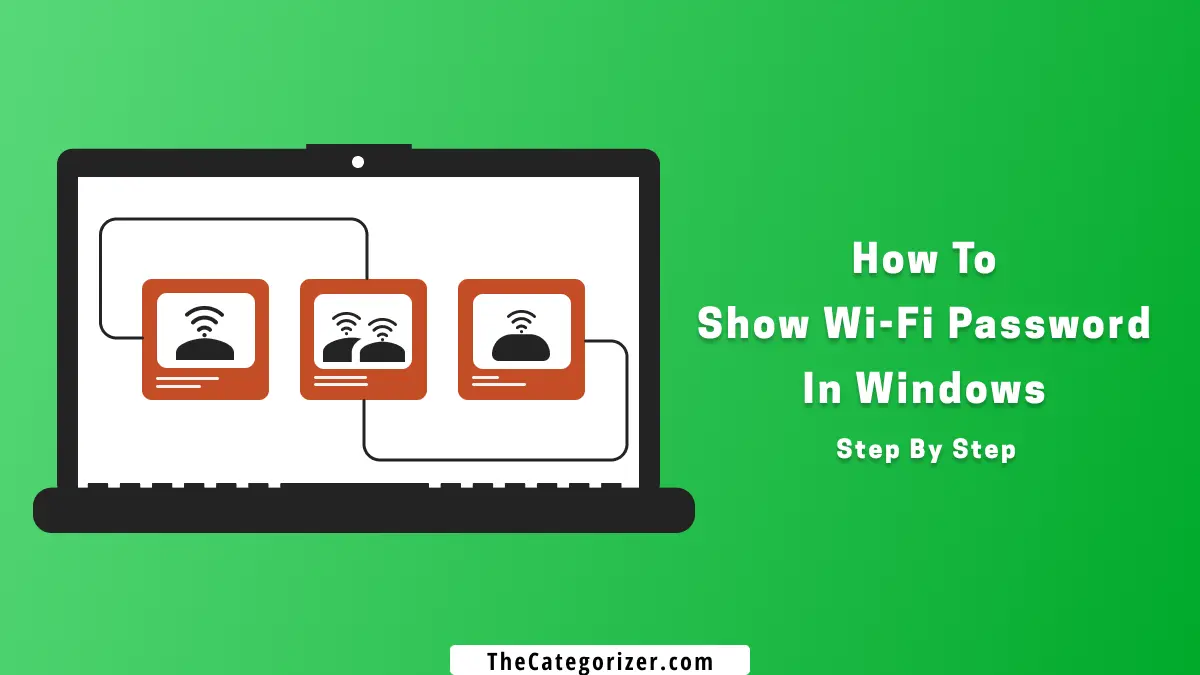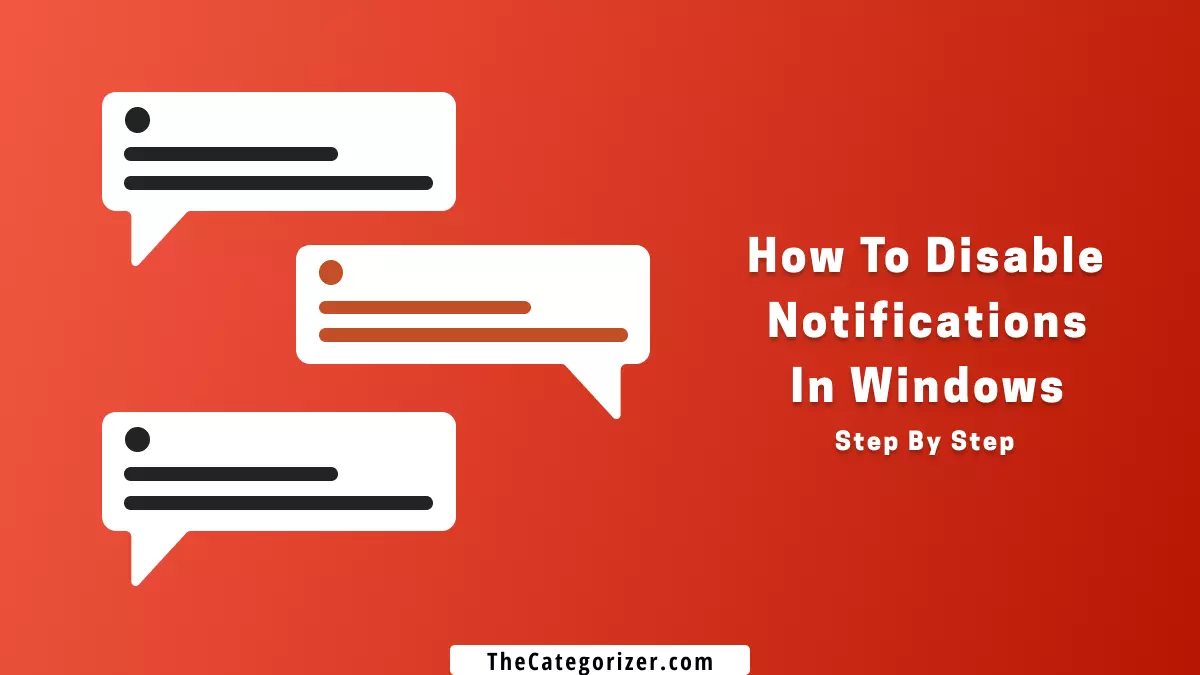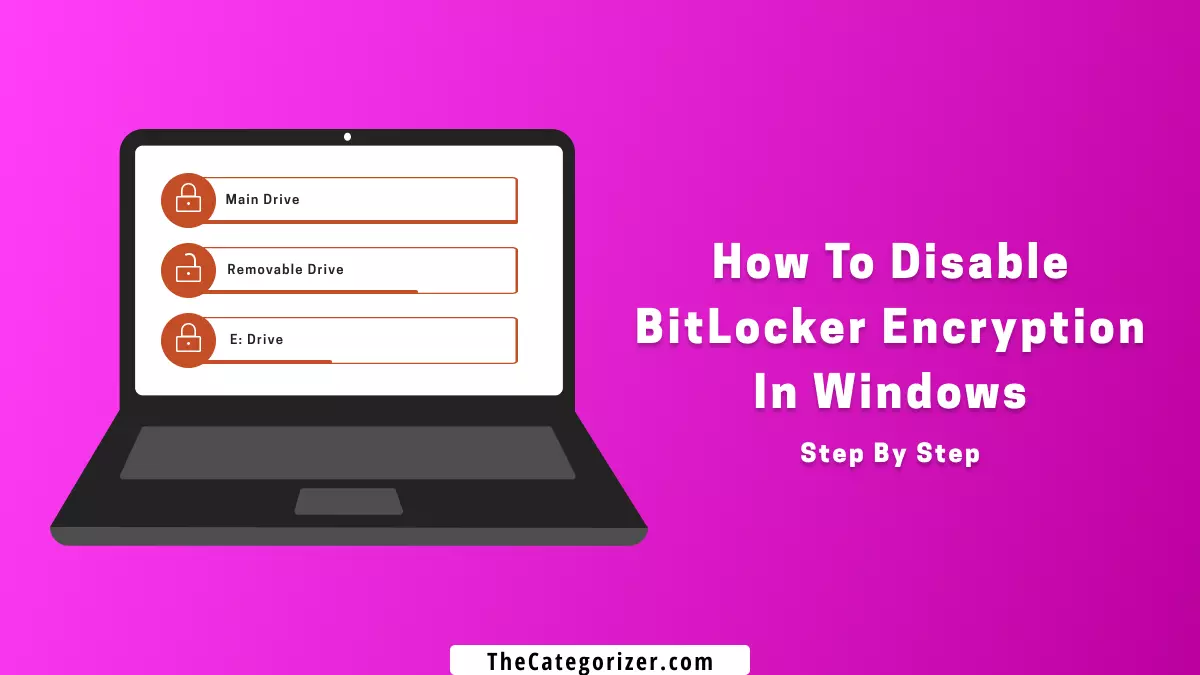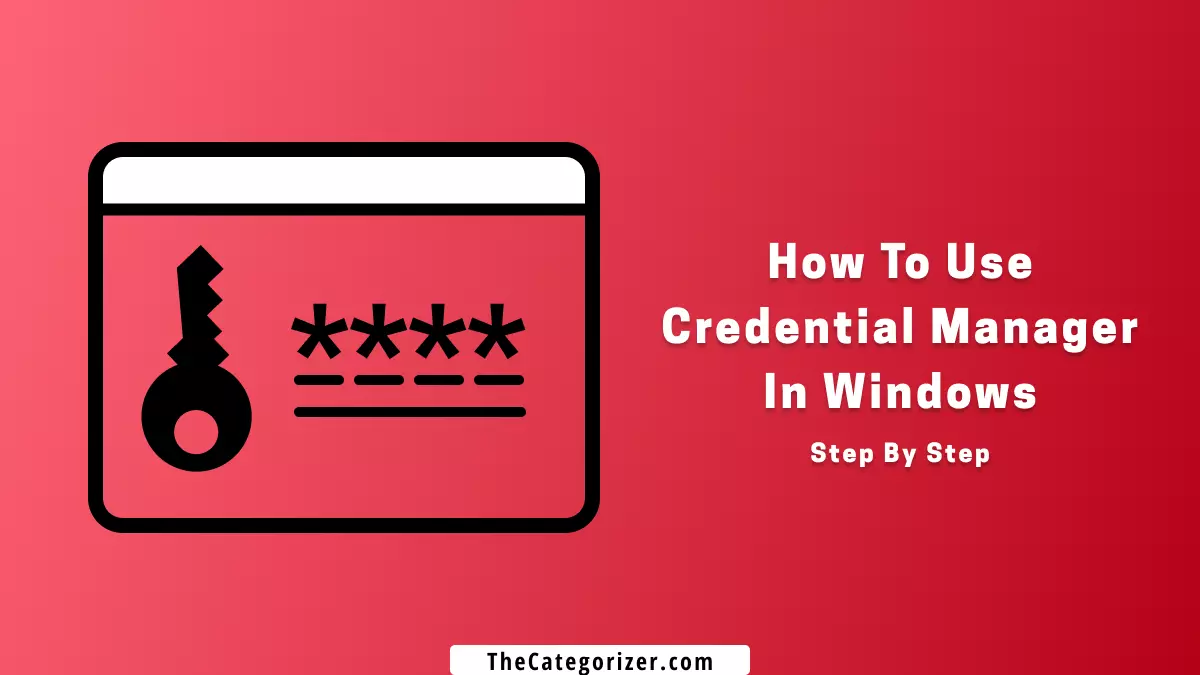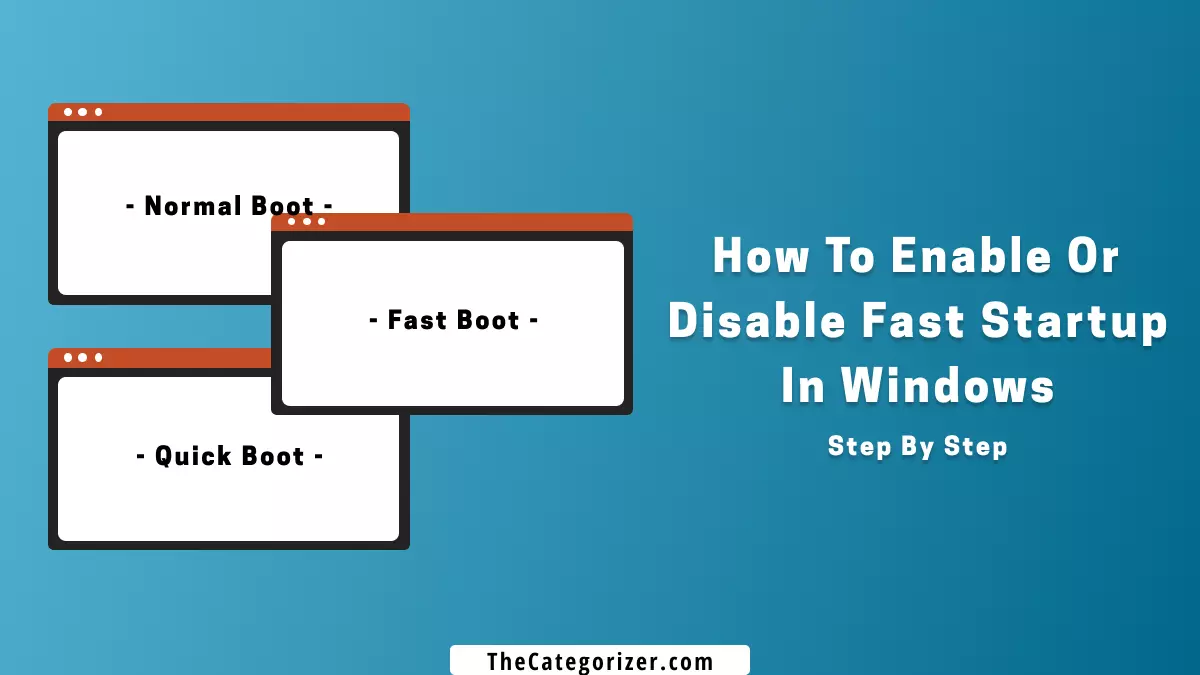Overview – Password Expiration in Windows 11
In some versions of Windows, the password expiry limit is set, after which the user is mandatorily required to change the password. To solve this, Password Expiration settings is the built-in Windows feature that allows the users to manage the password expiry timings.
It seems that you’re tired of password expiration notifications on your computer prompting repeatedly or simply want to enable password expiry reminders to change your password from time to time.
By the end of this article, you’ll be able to enable or disable password expiration in Windows 11:
1. Enable or Disable Password Expiration via Computer Management
Note: This method doesn’t work in Windows 11 Home Edition.
Step 1: In the Start menu, search for Computer Management and hit the enter key or press the “Windows key + R” key combination to open Windows Run, type: “compmgmt.msc” and open it.

Step 2: Expand the Local Users and Group section on the left sidebar and select the “Users” button. On the right-pane, double-click the user for which you want to enable or disable password expiration.

Step 3: To disable the password expiration, check the “Password never expires” option, uncheck it if you want to keep it enabled, and click the “Apply” button.

2. Enable or Disable Password Expiration via Group Policy
Note: This method doesn’t work in Windows 11 Home Edition since this version of Windows doesn’t include Group Policy by default.
Step 1: In the Start menu, search for Edit Group Policy and hit the enter key or open the Windows Run, search for “gpedit.msc“.
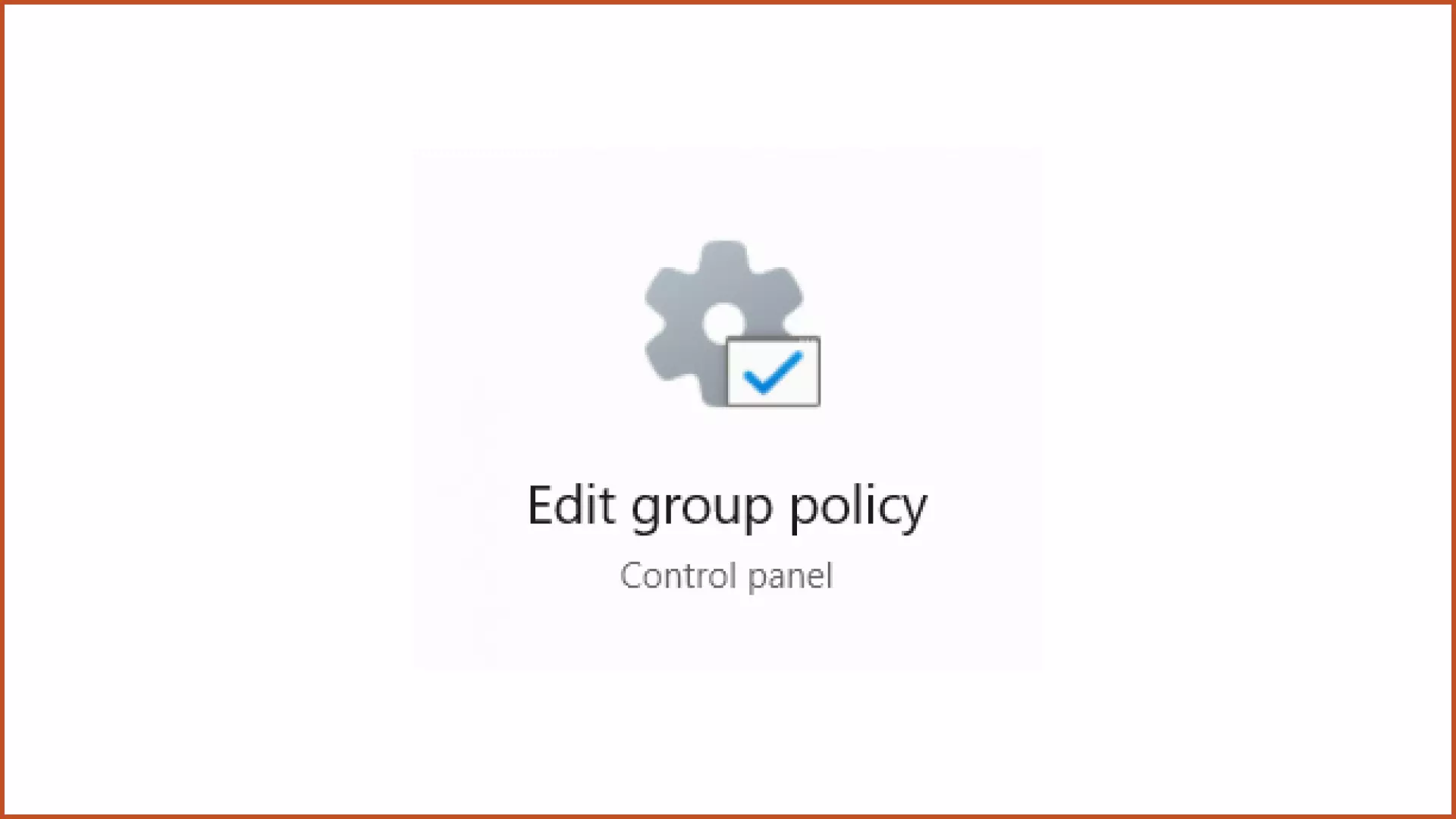
Step 2: Navigate to the following path:
Computer Configuration > Windows Settings > Security Settings > Account Policies > Password Policy and double-click the “Maximum Password Age” option.
Step 3: By default, you’ll see the password expiry value set to 42.
To disable the password expiry, change the value from 42 to 0.
To enable the password expiry, set the value from 42 to the preferred value (in days) after which you want to change the password.

Step 4: To make the changes take effect without restarting your PC, run the Command Prompt as administrator from the Start menu and type the command: gpupdate /force.

Note: This security setting determines the period of time (in days) that a password can be used before the system requires the user to change it. You can set passwords to expire after a number of days between 1 and 999, or you can specify that passwords never expire by setting the number of days to 0.
It is a security best practice to have passwords expire every 30 to 90 days, depending on your environment. This way, an attacker has a limited amount of time in which to crack a user’s password and have access to your network resources.
3. Enable or Disable Password Expiration via Command Prompt
Step 1: Run the Command Prompt as an administrator from the Start menu.

Step 2: To list all the user accounts on your computer, type the command: net user.

Step 3: To enable password expiration, type the command:
WMIC USERACCOUNT WHERE Name=’Account-UserName’ SET PasswordExpires=TRUE.
To disable password expiration, type the command:
WMIC USERACCOUNT WHERE Name=’Account-UserName’ SET PasswordExpires=FALSE and the password will not expire.

Note: Replace the Account-UserName with the actual account name on your computer.
4. Enable or Disable Password Expiration via PowerShell
Step 1: Run the PowerShell as an administrator from the Start menu.

Step 2: To list all the user accounts on your computer, type the command: net user.

Step 3: To enable password expiry, type the command:
Set-LocalUser -Name “Account-UserName” -PasswordNeverExpires 0.
To disable password expiry, type the command:
Set-LocalUser -Name “Account-UserName” -PasswordNeverExpires 1 and your password will not expire.

Note: Replace the Account-UserName with the actual username on your computer.
Next Steps
We’ve covered how to disable and enable Password Expiration in Windows 11.
Depending on your requirements, you can either enable or disable the password expiry settings and their notifications.
Further, configure your device’s settings by referring to the related articles below.
Related Articles
Check WiFi Password in Windows
Forgot your network’s password? Learn how to find Network’s Password stored in Windows.
Disable Notifications in Windows 11
Disable the notification popping up on the screen randomly in Windows OS.
Disable BitLocker on Windows 11
Turn off the BitLocker Services to save some memory being consumed in the background.
Use Credential Manager in Windows 11
Manage all your usernames, passwords, and authentication keys using the built-in Credential Manager in Windows.

